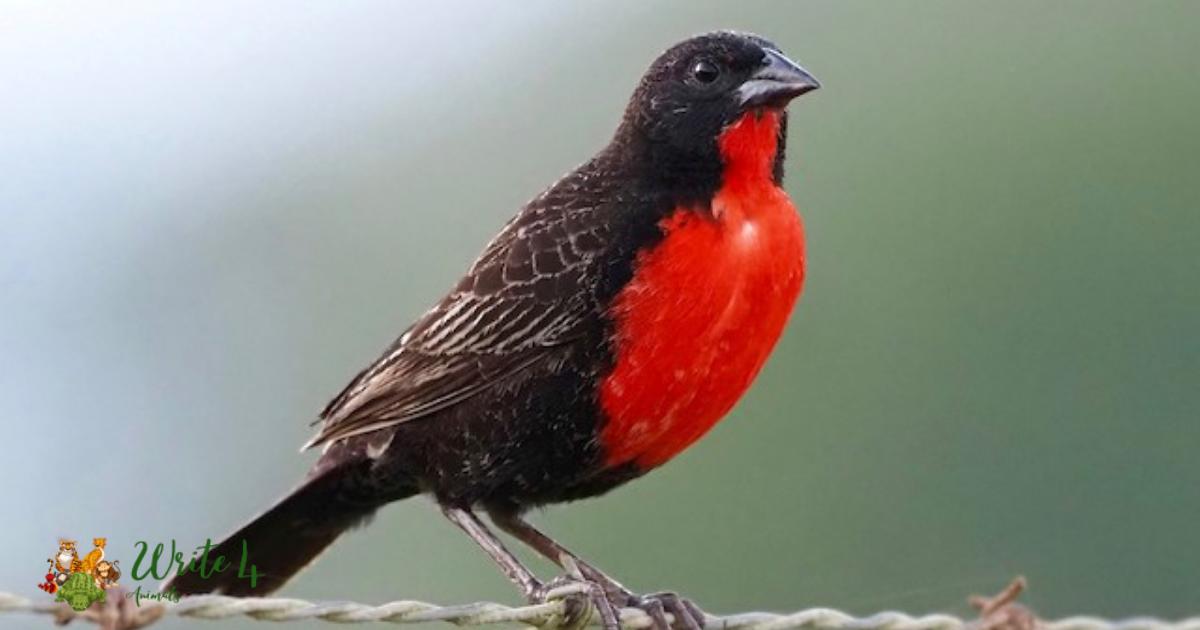The natural world is a treasure trove of breathtaking sights, and among its most stunning inhabitants are birds with red chest. These avian wonders captivate us with their striking plumage, whether it’s the fiery red of a scarlet macaw or the deep crimson of a robin’s breast.
In this blog post we will discover 15 of the most magnificent birds with red chest, each showcasing the incredible diversity and beauty found in nature.
15 birds with red chest
1. Scarlet Tanager (Piranga olivacea)
The Scarlet Tanager, a bird with a red chest , is a dazzling sight in the forests of North and South America. With its vibrant scarlet plumage, the male stands out against the verdant canopy, while the female’s yellow-green coloration provides camouflage among the foliage.
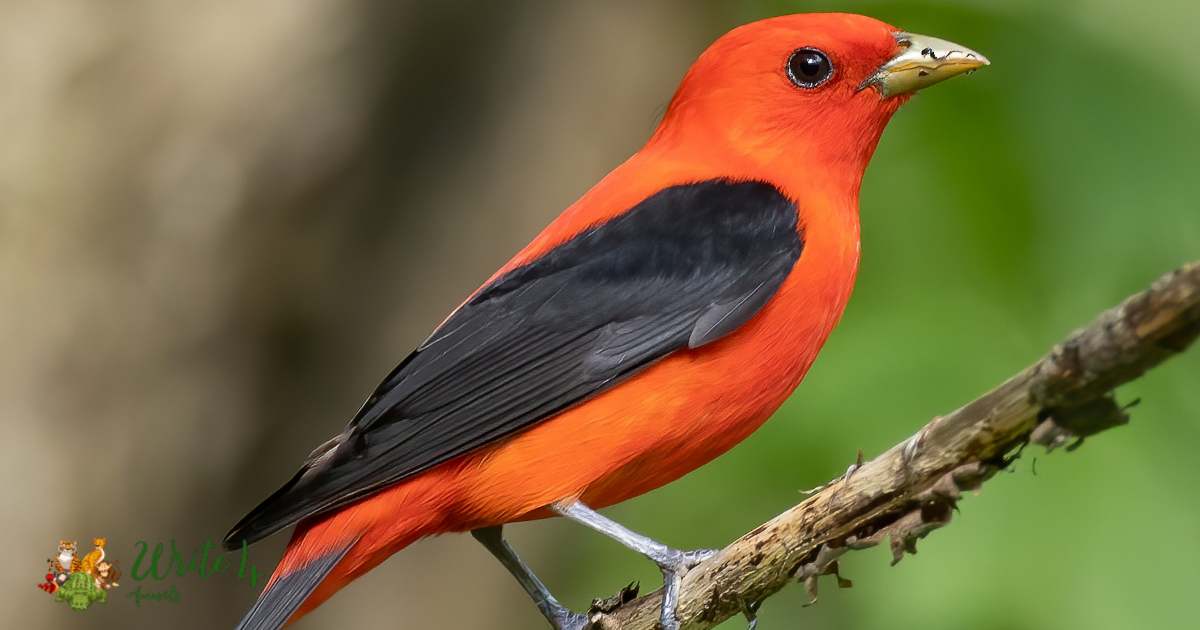
These birds primarily feed on insects and fruits, often foraging high in the treetops. Their melodious songs fill the woodland air during the breeding season, adding to their allure for birdwatchers.
Unfortunately, habitat loss and pesticide use threaten their populations in some areas, highlighting the importance of conservation efforts to protect these stunning birds with red chests.
2. House Finch (Haemorhous mexicanus)
Found throughout North America, the House Finch is a common sight at backyard feeders, distinguished by its red chest among both males and females. These birds with red chests are highly adaptable, thriving in urban and suburban environments.
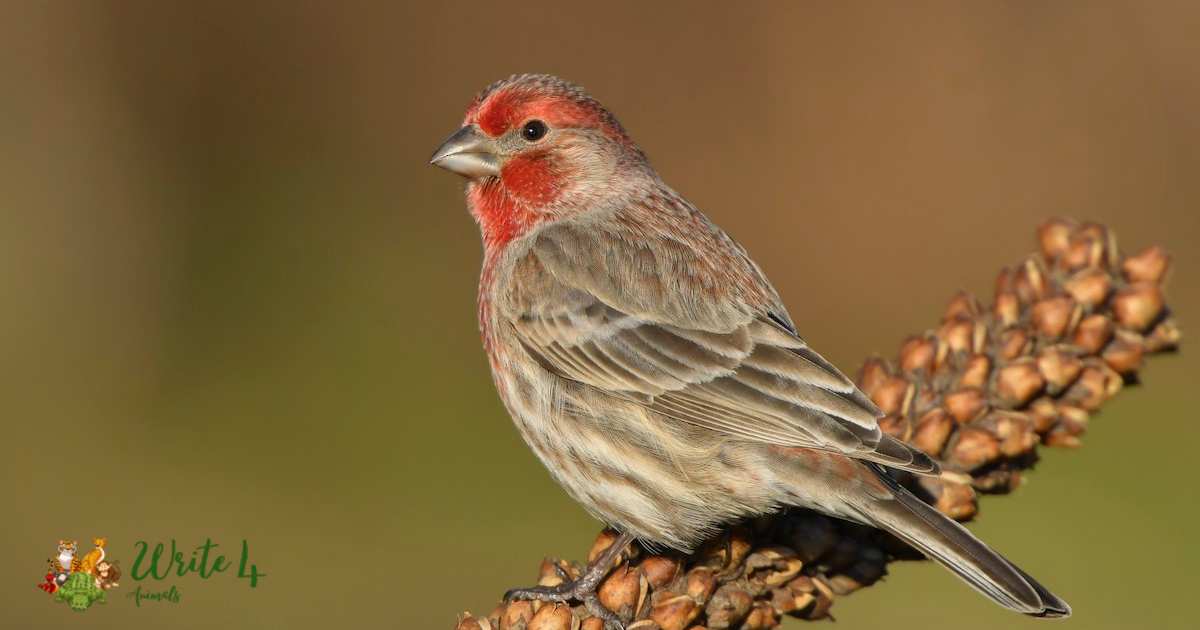
Their cheerful songs and colorful plumage bring joy to birdwatchers and enthusiasts alike.
Despite their prevalence, House Finch populations have faced challenges from diseases such as Mycoplasmal conjunctivitis, emphasizing the importance of monitoring and conservation efforts to ensure their continued presence in our communities.
3. Rose-breasted Grosbeak (Pheucticus ludovicianus)
Nesting in the dense woodlands of eastern North America, the Rose-breasted Grosbeak is a striking bird with a red chest. Males boast bold black-and-white plumage accented by a vibrant rosy-red triangular patch on their chests, while females exhibit more subdued colors.
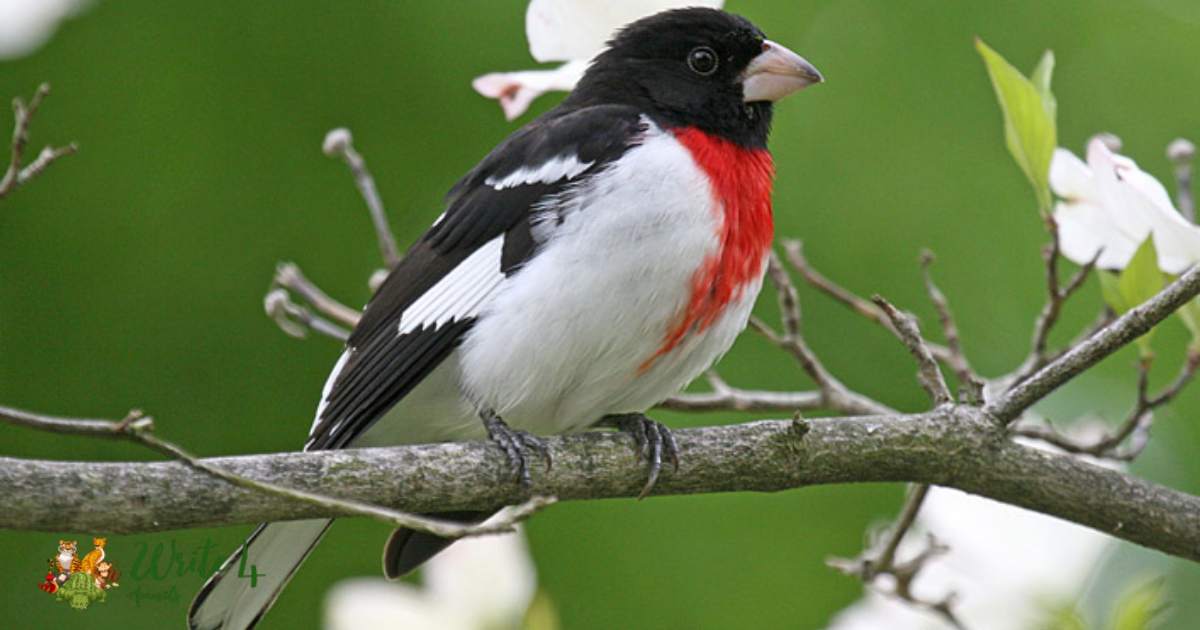
Their beautiful songs echo through the forest during the breeding season, adding to their charm. These birds primarily feed on seeds, fruits, and insects, often visiting bird feeders in suburban areas.
However, habitat loss and collisions with buildings pose threats to their populations. Conservation efforts focus on preserving their woodland habitats and raising awareness about the importance of reducing bird collisions in urban environments.
4. Scarlet Macaw (Ara macao)
The Scarlet Macaw, with its brilliant red, blue, and yellow plumage, is a stunning sight in the Amazon rainforest. These birds with red chests are highly social, often seen flying in pairs or flocks through the canopy.
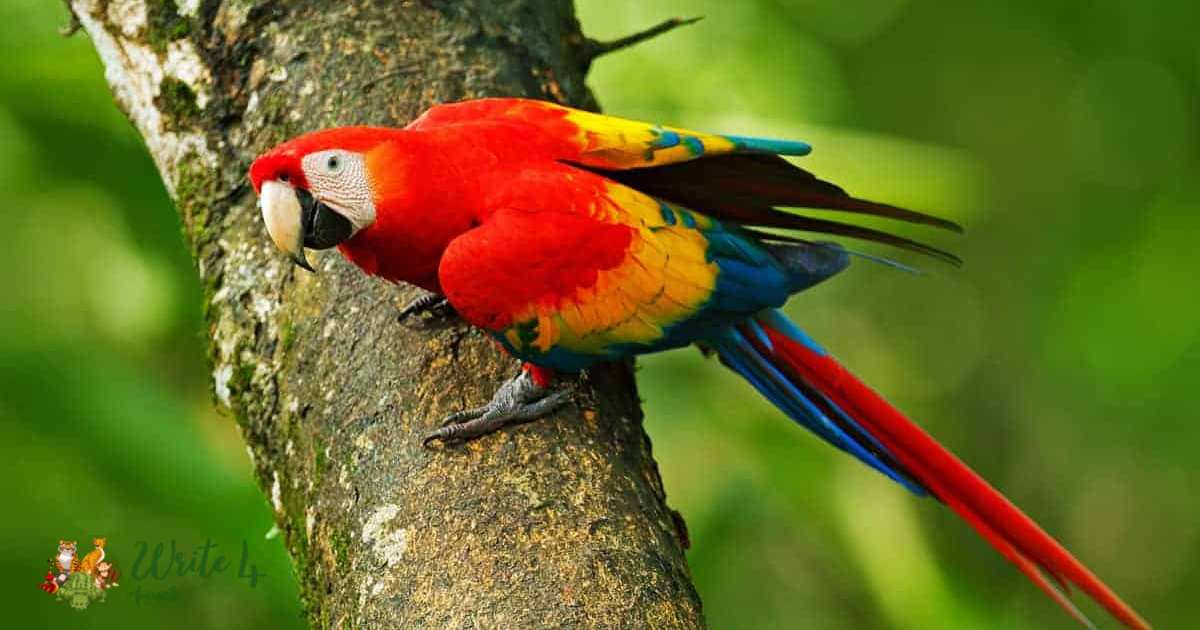
However, habitat destruction and the illegal pet trade pose significant threats to their survival. Conservation initiatives aim to protect their remaining habitat and crack down on illegal trafficking to ensure the continued existence of these magnificent birds.
5. Red-breasted Meadowlark (Leistes militaris)
Endemic to South America, the Red-breasted Meadowlark is a grassland bird adorned with a striking red chest. Males display vibrant plumage during the breeding season, using it as a visual cue to attract mates and defend territories.
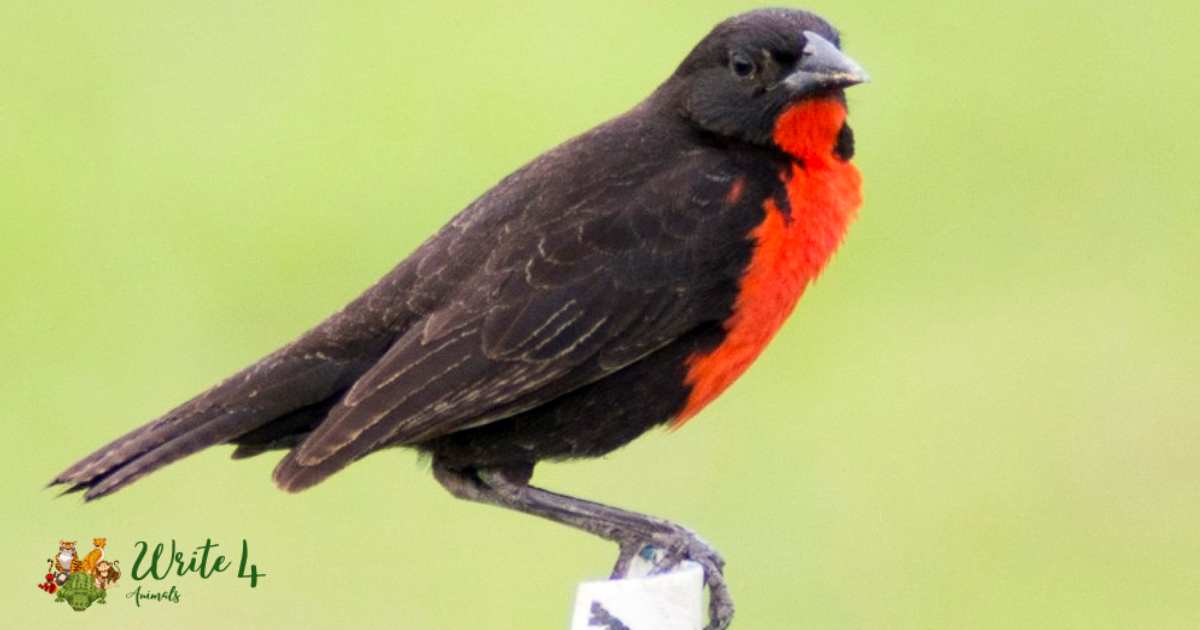
Their melodious songs resonate across open grasslands, adding to the ambiance of these expansive habitats. Despite their adaptability to agricultural landscapes, habitat loss and degradation threaten their populations.
Conservation efforts focus on preserving grassland habitats and implementing sustainable land management practices to ensure the survival of these charismatic birds with red chests.
6. Vermilion Flycatcher (Pyrocephalus rubinus)
The Vermilion Flycatcher, aptly named for its brilliant vermilion plumage, is a small bird with a red chest found throughout the Americas. Males sport vibrant red colors during the breeding season, attracting mates with their striking appearance.
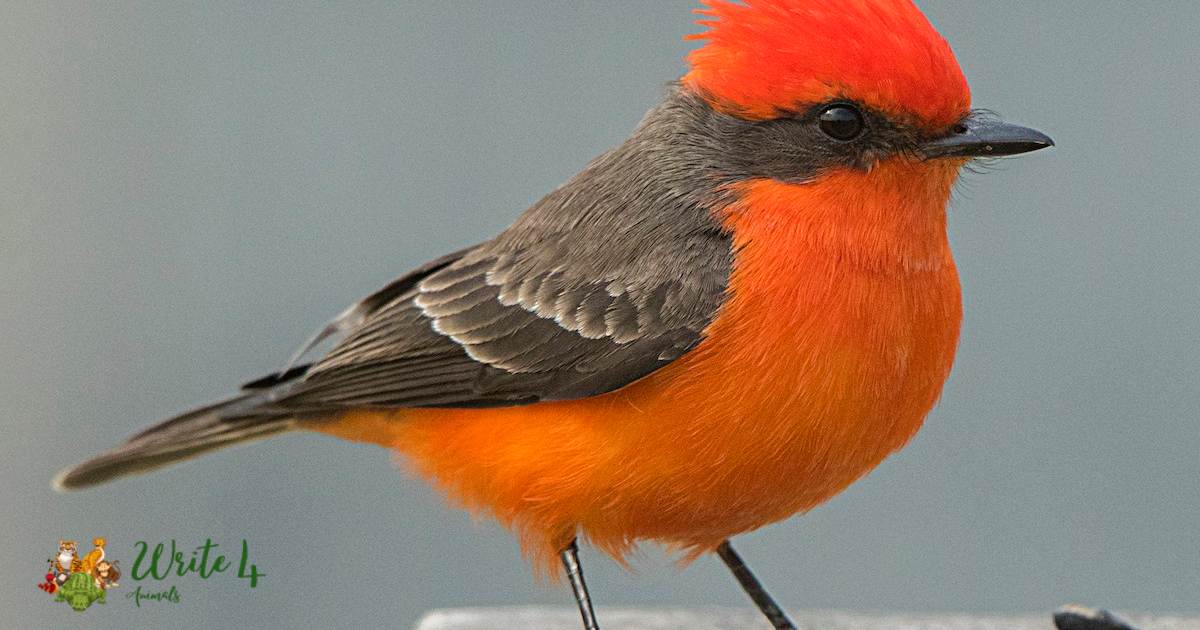
These birds primarily feed on flying insects, darting out from perches to catch their prey in mid-air. While they are relatively common in open habitats, habitat loss and degradation pose threats to their populations.
Conservation efforts focus on protecting their nesting sites and maintaining suitable habitats for foraging and breeding.
7. Scarlet-breasted Flowerpecker (Prionochilus thoracicus)
Endemic to Southeast Asia, the Scarlet-breasted Flowerpecker is a tiny bird known for its vibrant red chest. These birds play a crucial role in pollination as they feed on nectar and help transfer pollen between flowers.
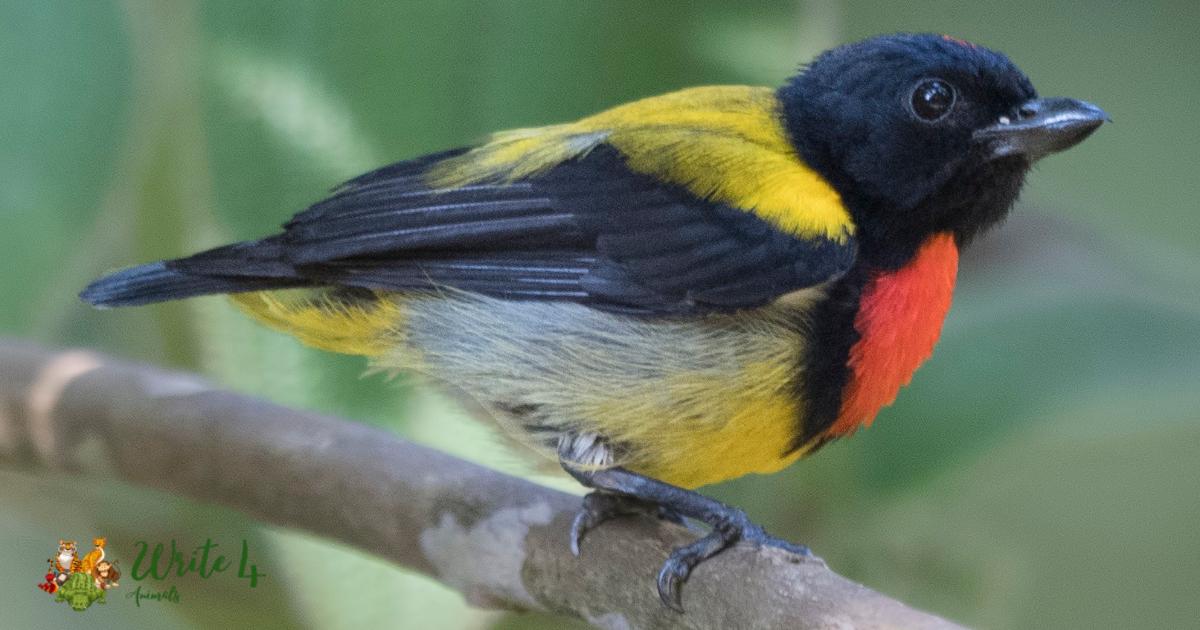
Despite their small size, they are highly territorial and will aggressively defend their feeding territories. Habitat loss and fragmentation threaten their populations, highlighting the need for conservation efforts to protect their forest habitats and promote sustainable land management practices.
8. Red-breasted Sapsucker (Sphyrapicus ruber)
Native to western North America, the Red-breasted Sapsucker is a woodpecker species known for its distinctive red throat and chest. These birds with red chests have a unique feeding habit, drilling holes in tree bark to feed on sap.
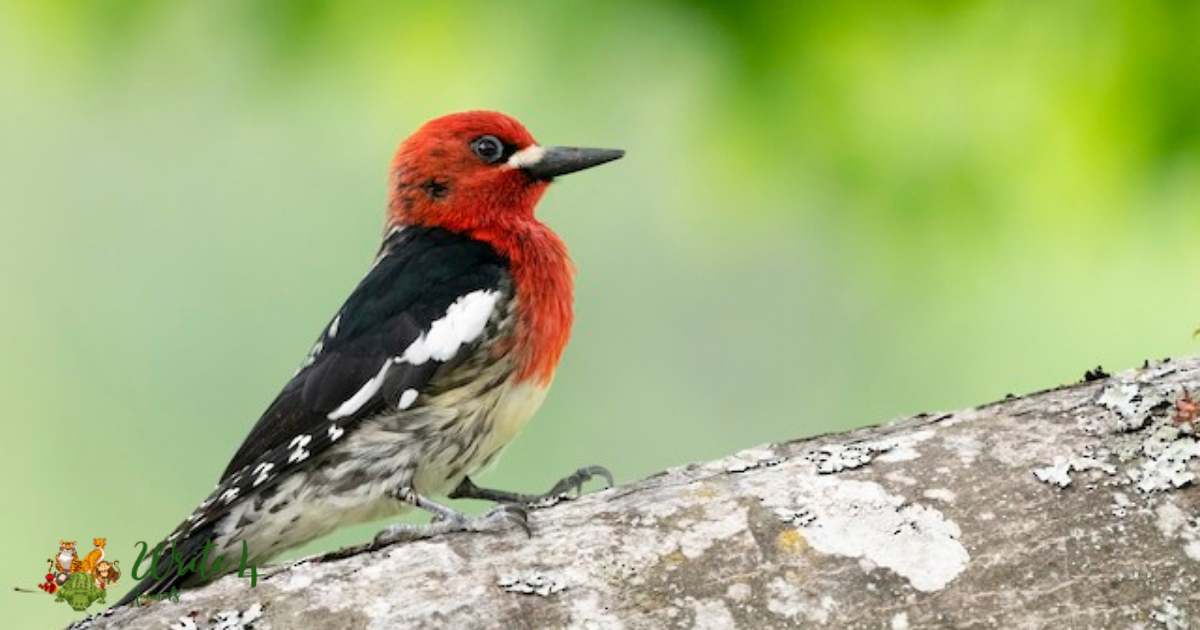
They create characteristic patterns of drilled holes known as sap wells, which also attract insects for additional food sources. Despite their specialized diet, habitat loss and forest fragmentation pose threats to their populations.
Conservation efforts focus on preserving mature forests and maintaining healthy tree populations to provide suitable habitat for these fascinating birds.
9. Northern Cardinal (Cardinalis cardinalis)
The Northern Cardinal is a beloved backyard bird in eastern North America, known for its striking red plumage, including a vivid red chest. Both males and females sport bright red accents, though males typically display more vibrant hues.
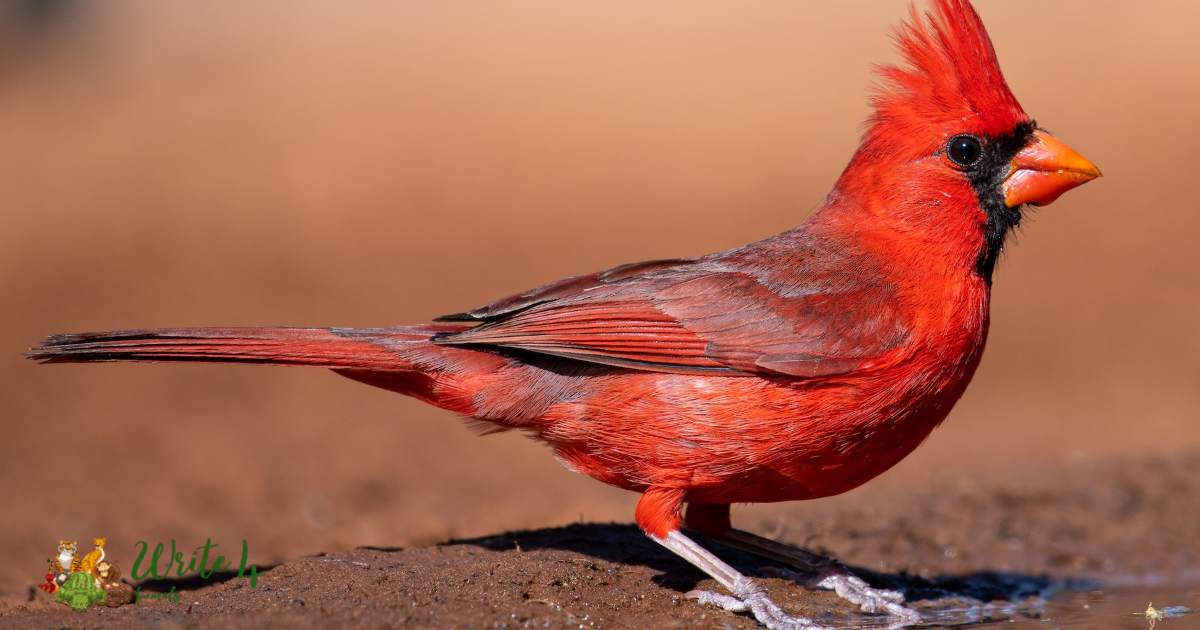
These birds are frequent visitors to bird feeders, where they enjoy seeds and suet. Their melodious songs can be heard throughout the year, adding to their charm.
While Northern Cardinals are relatively common and adaptable, they still face threats from habitat loss and urbanization. Conservation efforts include promoting bird-friendly landscaping and protecting green spaces to ensure the continued presence of these iconic bird with red chest.
10. Summer Tanager (Piranga rubra)
As its name suggests, the Summer Tanager arrives in North America during the summer months, breeding in woodlands and forests across the southern United States and into Central America. Males are a brilliant scarlet color, while females are a more subdued yellow.
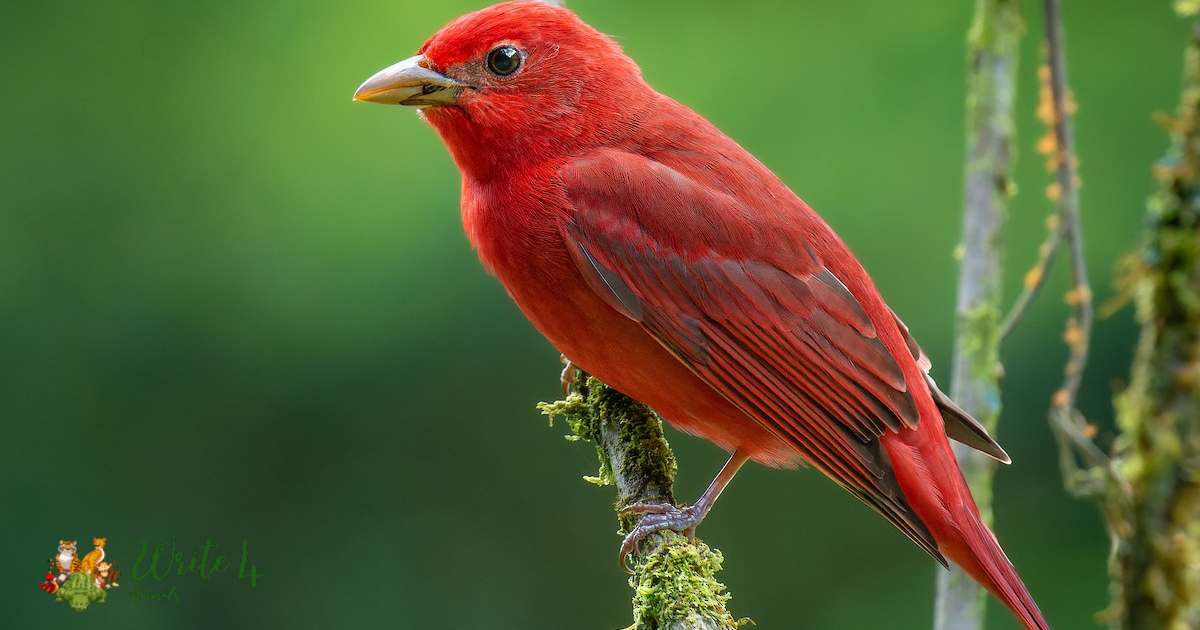
Their song is a cheerful melody often heard echoing through the trees during the breeding season. Despite their vibrant plumage and song, Summer Tanagers can be elusive, preferring to forage high in the canopy for insects and berries.
Habitat loss and fragmentation pose threats to their populations, emphasizing the importance of preserving their woodland habitats and protecting critical migration corridors.
11. Scarlet Minivet (Pericrocotus speciosus)
Found in the forests of Southeast Asia, the Scarlet Minivet is a small passerine bird with striking red plumage on its chest and underparts. Males are adorned in scarlet, while females display a more subdued yellow coloration.
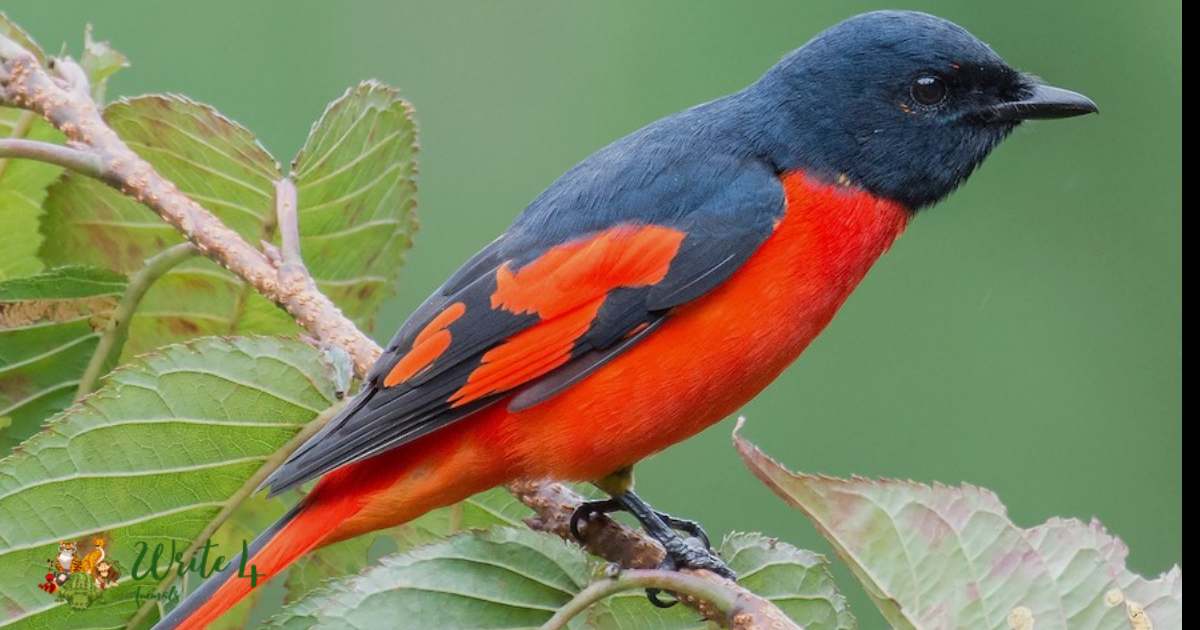
These birds primarily feed on insects, foraging among the foliage for prey. They are often seen in mixed-species flocks, adding flashes of color to the forest canopy.
Despite their beauty, Scarlet Minivets face threats from habitat loss and degradation due to deforestation and agricultural expansion.
Conservation efforts focus on protecting their forest habitats and promoting sustainable land management practices to ensure the survival of these stunning birds.
12. Crimson-breasted Shrike (Laniarius atrococcineus)
Endemic to sub-Saharan Africa, the Crimson-breasted Shrike is a striking bird with a crimson-red chest and black-and-white plumage. This bird with red chest are known for their sharp, hooked bills and fierce hunting skills.
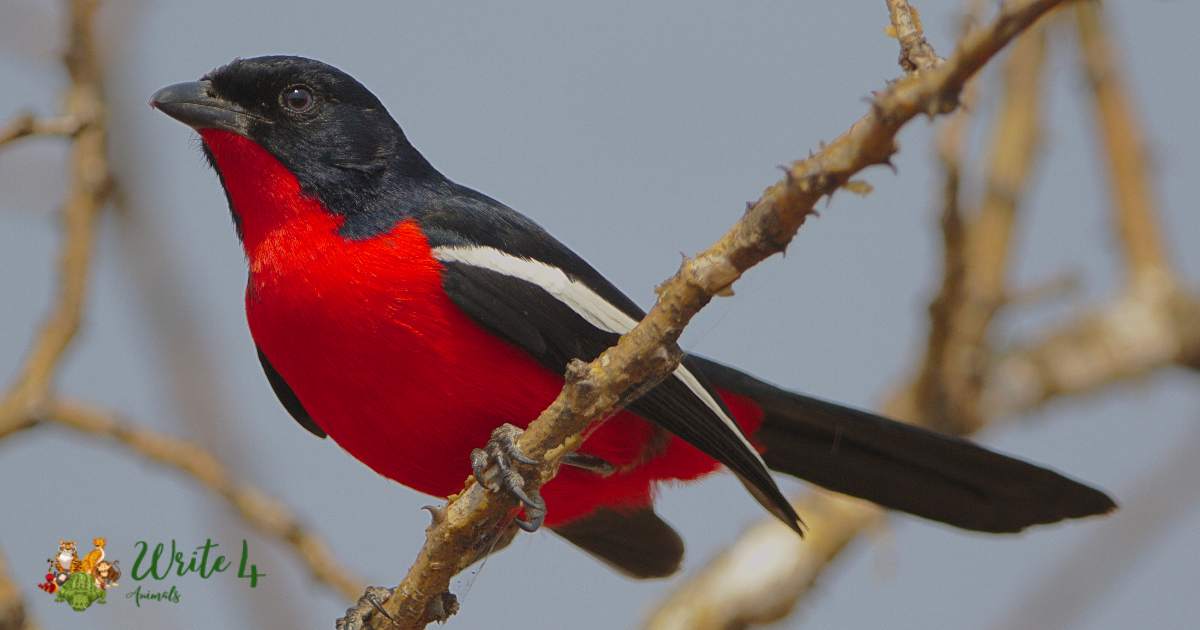
They prey on insects, small birds, and even lizards, often impaling their prey on thorns or barbed wire as a means of storing food. Their melodious songs and distinctive calls resonate across the savannas and woodlands they inhabit.
Despite their adaptability to various habitats, habitat loss and fragmentation threaten their populations. Conservation efforts focus on preserving their natural habitats and raising awareness about the importance of protecting these unique birds with red chests.
13. Mistletoebird (Dicaeum hirundinaceum)
Native to Australia and surrounding regions, the Mistletoebird is a small, colorful species often found in woodlands and urban areas. Males exhibit bright red plumage on their chests, while females have a more subdued coloration.
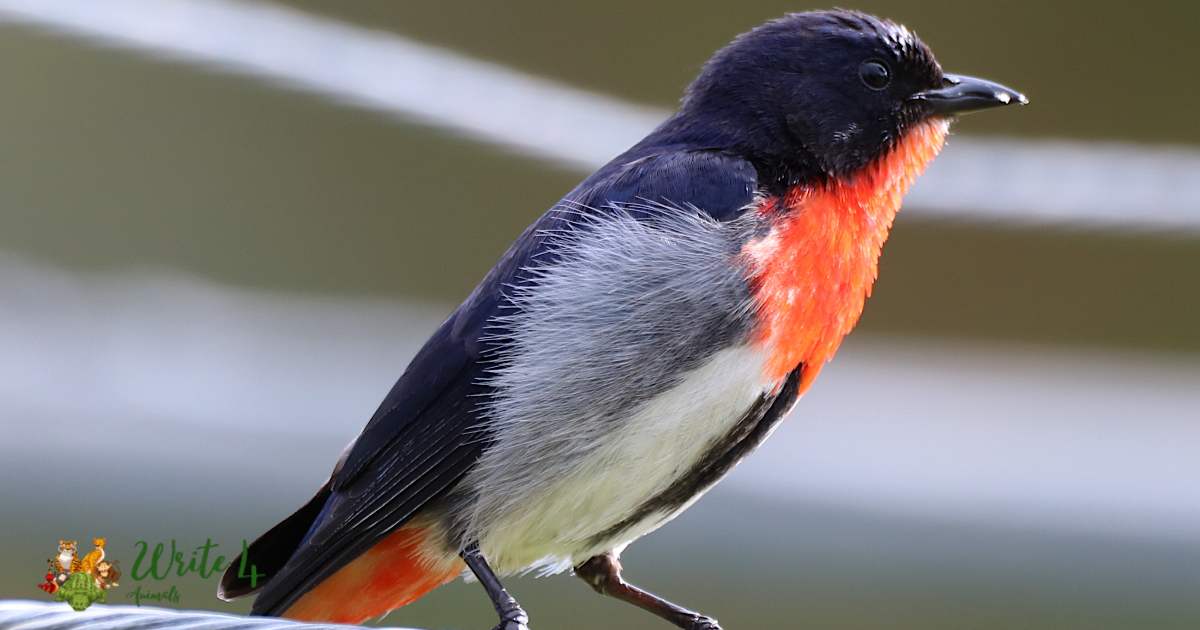
These birds play a crucial role in dispersing mistletoe seeds, which they consume and excrete onto branches, helping to propagate this parasitic plant.
Despite their ecological importance, Mistletoebird populations face threats from habitat loss and urbanization. Conservation efforts focus on preserving their woodland habitats and promoting the planting of native trees and shrubs to provide food and shelter for these charming birds.
14. Scarlet-chested Sunbird (Chalcomitra senegalensis)
Resident in sub-Saharan Africa, the Scarlet-chested Sunbird is a small, iridescent bird with a scarlet-red chest and throat. These birds play a vital role in pollination as they feed on nectar from flowers, transferring pollen between plants as they forage.
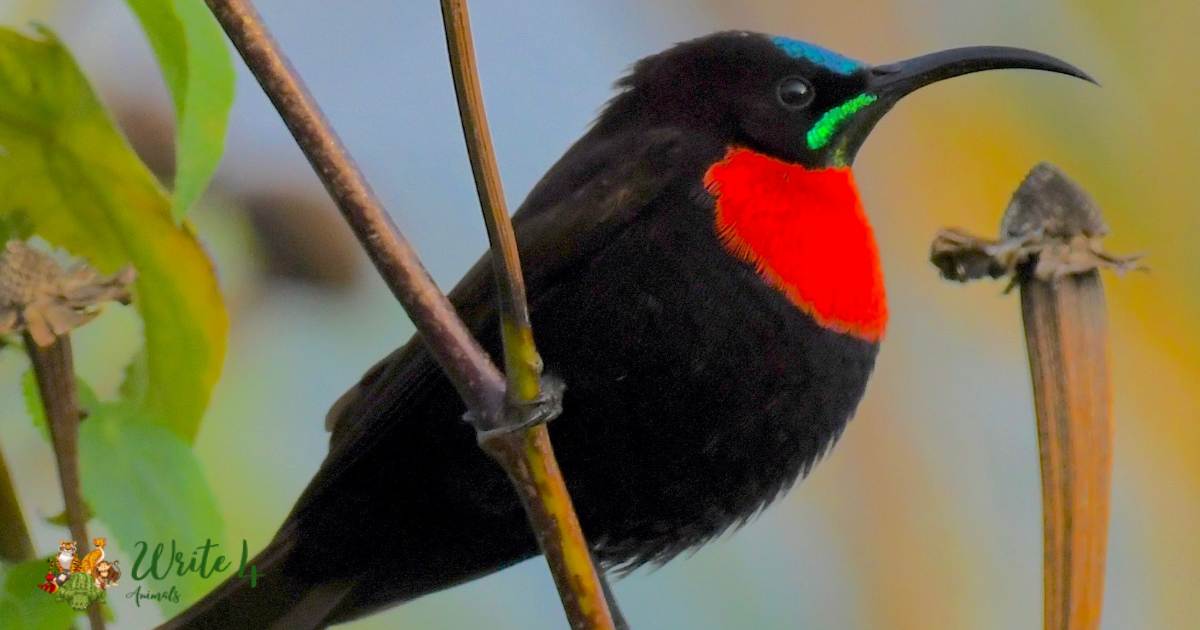
Their dazzling plumage and energetic flight make them a delight to observe in gardens and natural habitats. Despite their adaptability to various habitats, habitat loss and degradation threaten their populations.
Conservation efforts focus on preserving their natural habitats and promoting the planting of nectar-rich flowering plants to provide food sources for these beautiful birds with red chest.
15. Red-capped Robin (Petroica goodenovii)
Endemic to Australia, the Red-capped Robin is a charming bird with a bright red chest and head. These birds inhabit a variety of habitats, including forests, woodlands, and scrublands, where they forage for insects on the ground.
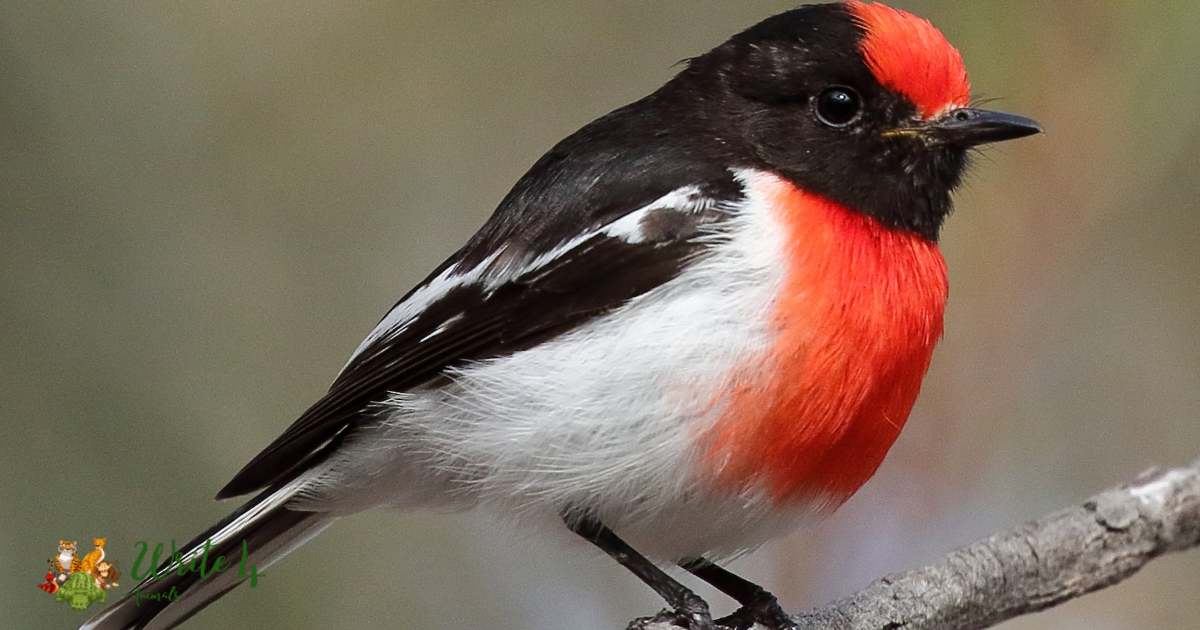
Their bold coloration and cheerful song make them a favorite among birdwatchers and nature enthusiasts. Despite their relative abundance, habitat loss and degradation pose threats to their populations.
Conservation efforts focus on preserving their natural habitats and implementing fire management practices to maintain suitable habitat conditions for these iconic Australian birds with red chests.
Recommended
1. 17 Argentina Animals | Animals of Argentina
2. 15 Italian animals | Animal of italy
